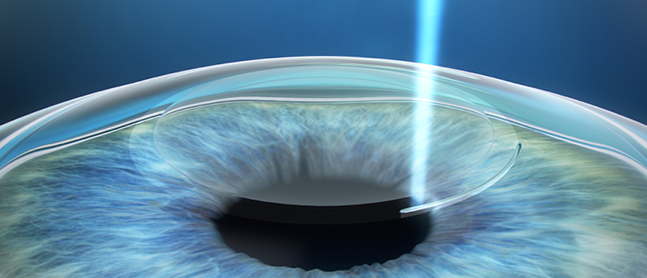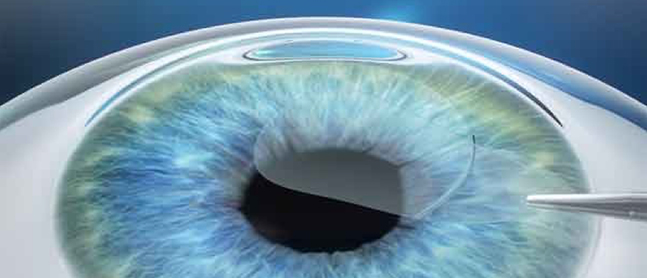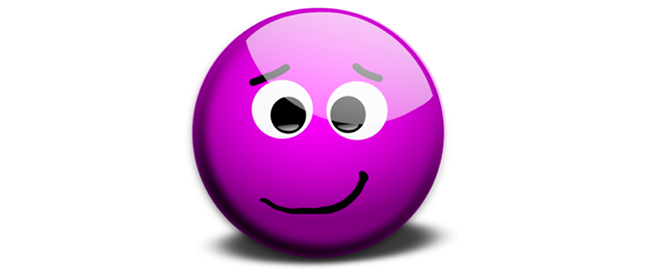What is the difference between SMILE and LASIK?
SMILE (Small Incision Lenticule Extraction), also referred to as ‘keyhole laser eye surgery’ is a treatment for short-sightedness (myopia).
SMILE uses only one of the lasers we use in LASIK; the femtosecond laser and not the excimer laser. Instead of creating a flap, as we do in LASIK, it cuts out a sliver of tissue (a lenticule) from within the cornea. The sliver is the exact opposite of the lens we need to correct the vision of that eye. In LASIK, the excimer laser very precisely removes the required tissue and the flap is replaced.
SMILE laser eye surgery process:

The femtosecond laser creates a lenticule within the cornea

An incision is made in the cornea

Blunt dissection of the lenticule with a surgical instrument is performed. The lenticule is then removed.
What are the claimed advantages of SMILE?
The claims are that surround SMILE include:
- better visual quality
- less invasive
- causes less dry eye after surgery
- leaves the cornea stronger
- safer
At VISTAeyes, we provide a full range of refractive procedures rather than just one or two and our primary focus, over the last 20 years, has been to achieve the best possible visual outcome for patients. Naturally, if the claims were correct, I would be excited to be involved. However, after critically analysing the literature and its data on SMILE, I have determined that SMILE is not nearly as successful as LASIK.
What is the current status of SMILE in Australia?
One laser eye clinic in Melbourne has trialled the SMILE technology. They cited the difficulty with the surgery in extracting the sliver deep from within the cornea and an unusually slow vision recovery that was unacceptable. The clinic no longer offers this procedure.
Today, there are a few clinics in NSW and one in Queensland performing SMILE.
What is the truth about SMILE?
Customisation and visual quality
A review of the peer-reviewed literature on SMILE fails to find visual results that come close to the positive results of customised LASIK process, which uses Wavefront-Guided or our Topographic-Guided (Contoura® Vision) treatments.
SMILE can only do a standard treatment; basically what is available in glasses. It cannot do customised treatments, as we do at VISTAeyes, to get the best results.
Recovery rate
A recent study from the Singapore National Eye Centre showed that it took six months for the average vision of a SMILE patient group to be as good as their LASIK patient group. It is a big price to pay for no real advantage.
Complications
One of the most serious complication of any eye surgery is a complication called ectasia. In ectasia there is a weakening and stretching in the cornea, sometimes over years, which results in poorer vision.
One of the claimed advantages of SMILE is that it leaves a stronger cornea. This claim has not been proven beyond doubt and, this year alone, there have been seven reports of ectasia in the literature after SMILE. This is most alarming. In fact, the editor of the prestigious Journal of Refractive Surgery, Dr Bradley Randleman, has called for caution in proceeding with SMILE.
Conclusion
I think what might save SMILE are, the incorrect, as it happens, perceptions of less invasiveness and better safety, and the unsupported hype surrounding it.
The main disadvantages of SMILE are:
- lack of individual customisation
- slow recovery
- safety
Needless to say, we will not be offering the SMILE procedure at VISTAeyes, unless the concerns are addressed and its safety and effectiveness are improved.
For more information on SMILE laser eye surgery read these related articles:
SMILE Laser Eye Surgery – What Does The Scientific Evidence Say?
Laser eye surgery: to SMILE or not to SMILE? Top 10 things you need to know about SMILE.
